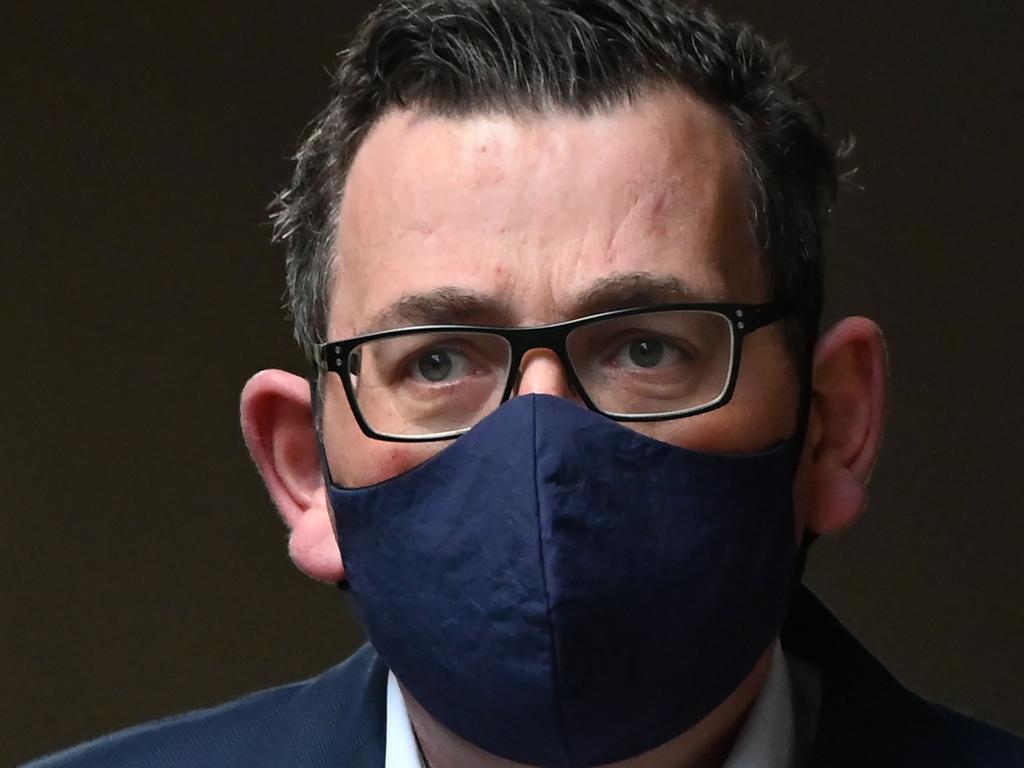Coronavirus: Are teens more vulnerable than younger kids?
Experts say plans for school reopening should account for growing evidence that older students have a greater risk of developing and transmitting symptoms.

Is the risk of getting sick from COVID-19 and spreading it different for primary and high school students?
The bottom line: Yes, as a growing number of experts say schools should account for growing evidence that older students — largely teens — appear to have a greater risk of both getting and developing symptoms from COVID-19 and transmitting the virus.
“We need to make sure to differentiate between young and older children, ” says Alyssa Bilinski, a doctoral student in health policy at Harvard’s graduate school of arts and sciences, who is working on a study modelling COVID-19 outbreaks in schools.
“By the time you reach high school the risk of infection is pretty indistinguishable from young adults.”
There’s been no systematic reporting of COVID-19 outbreaks in schools and childcare centres. In available data, it’s often difficult to differentiate between isolated cases and clusters but there have been isolated outbreaks, says Ms Bilinski.

Such outbreaks include day cares in Canada and Britain with 16 and 23 cases, respectively; two elementary schools in Canada, one with seven and another with nine and a school in Israel, which had 33.
In Israel, New Zealand, France and the US, the largest outbreaks have been in high schools, in which case counts ranged from 60 to 178 cases. (In the New Zealand, French and US high schools, the cases were reported prior to shut downs). An outbreak in a K-12 school in Australia was believed to have been driven by older students, Ms Bilinski says.
Arnaud Fontanet, director of global health at the Institut Pasteur in Paris, conducted a retrospective study of schools in a small town north of the French city where the virus had spread before they closed schools in February. The study suggests that the risk of infection and transmission in high school students is much greater than in primary students.
The study found that in the high school, 38 per cent of students had positive antibody tests, while 43 per cent of teachers and 59 per cent of staff did.
Meanwhile among six primary schools only three children caught the virus at the time of the outbreak — likely from family members — and though they attended school they don’t appear to have passed it on to anyone there. Later, by the end of the first wave of cases, only nine per cent of elementary school students had antibodies.
The studies were shared on the medRxiv preprint server and are under review for publication.
Similarly, studies in Australia and Ireland have found few secondary cases in primary school. “In primary schools there’s more and more evidence that the risk of transmission among people is low,” he said.
Most recently, a large transmission study in South Korea found children between ages 10 and 19 spread the virus that causes COVID-19 much more than those under 10.
A recent report issued from the National Academies of Science, Engineering, and Medicine recommends prioritising school reopenings for elementary-school children because they are more impacted by not having in-person learning and have greater difficulty with virtual learning.
The Wall Street Journal





